
7 minute read
Trail mix art in many forms
from South October 2020
by Times Media
Some ofthe most interestingthings exist down longand winding roads. Home to numerous artists, the Franklin region is replete with studios and workshops from which springmany wonderful works. From arts and crafts to painting, sculpture and more, the Franklin Arts Trail (October24-26) invites visitors to take a walkon the creative side while meetingthe inspired minds behind them.
“Visitors can expect more than just a little inspiration but that’s just the start ofwhat’s on offer,” event organiser, Lynda Jane Dodd, says. “Many Artists will be demonstratingtheir skills and techniques with some offeringmini workshops. As an added bonus, visitors will have the perfect excuse to take in the gorgeous scenery and local attractions from Maraetai to the Awhitu Peninsula.”
With 21 studios, galleries and workshops on this year’s trail, visitors will view works by more than 50 artists, from painters, potters, sculptors and printmakers, to mosaic artists, weavers and much more.
“The trail is also fantastic in bringingartists together, providing connections –especially important in rural areas –and sharing inspiration. In these tough times, the trail provides an avenue to promote, sell or commission work; they really enjoy it too!”
The trail (supported by the Franklin Local Board) will also help local businesses, Lynda adds.
This page: Lynda Jane Dodd, painter, Wicked Wave (top left); Katie Blundell, painter, Goose (top right); Keith Galvin, glass art, Schooling Fish (centre); Linda Newall, titanomagnetite artist, Titanomagnetite Train (bottom).
Opposite page: Margaret Bray, potter (top left); Jan Leonard, calligrapher, Home (top right); Lynda Jane Dodd, painter, Hamilton’s Gap Wave (centre right); Louise Yri, painter (bottom left); Paul Coney, painter, Lilly and Light (bottom right). 16 | south | october 2020
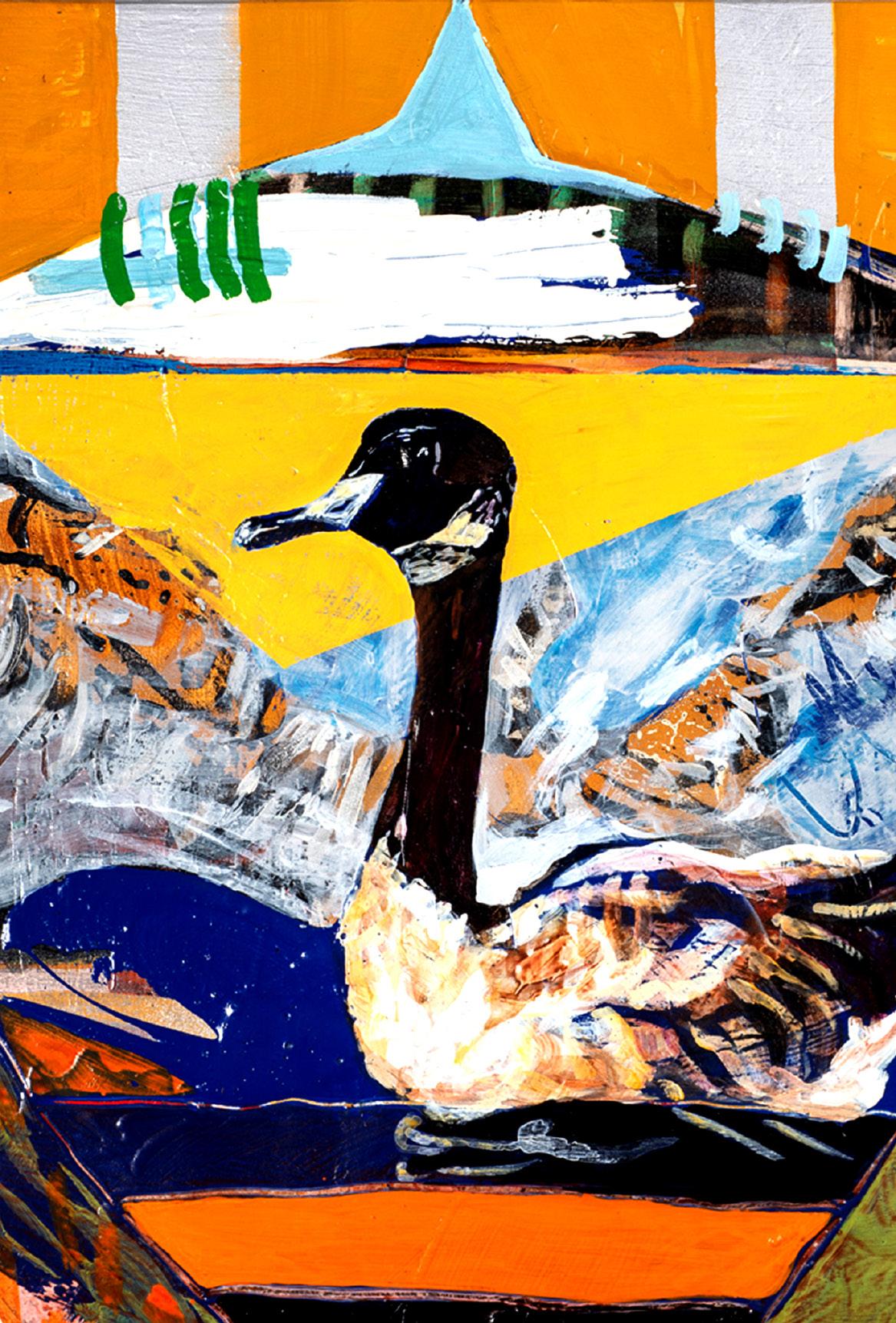

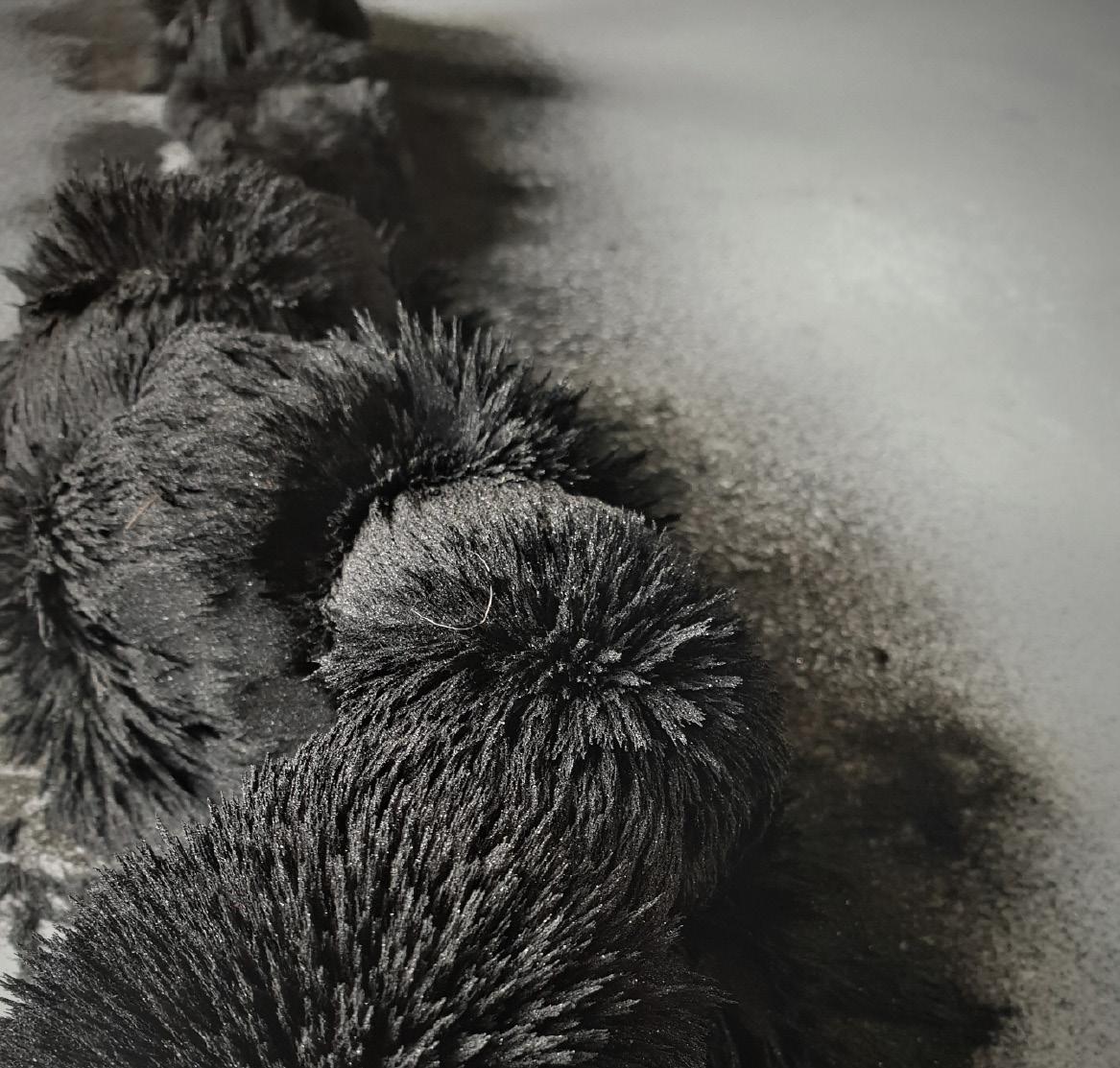
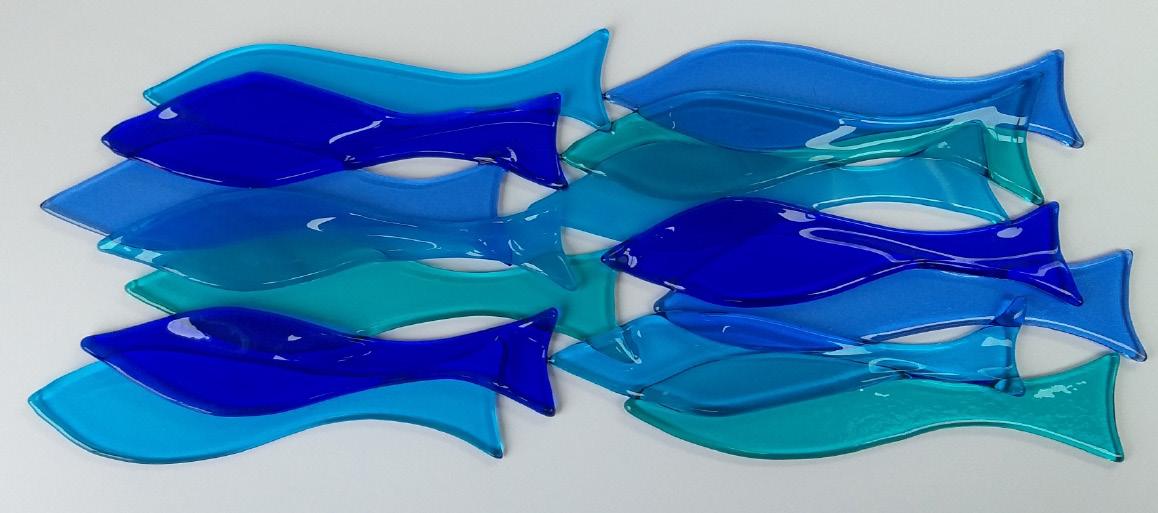
For more information, including a full list of participating artists, visit www. franklinartstrail. co.nz.

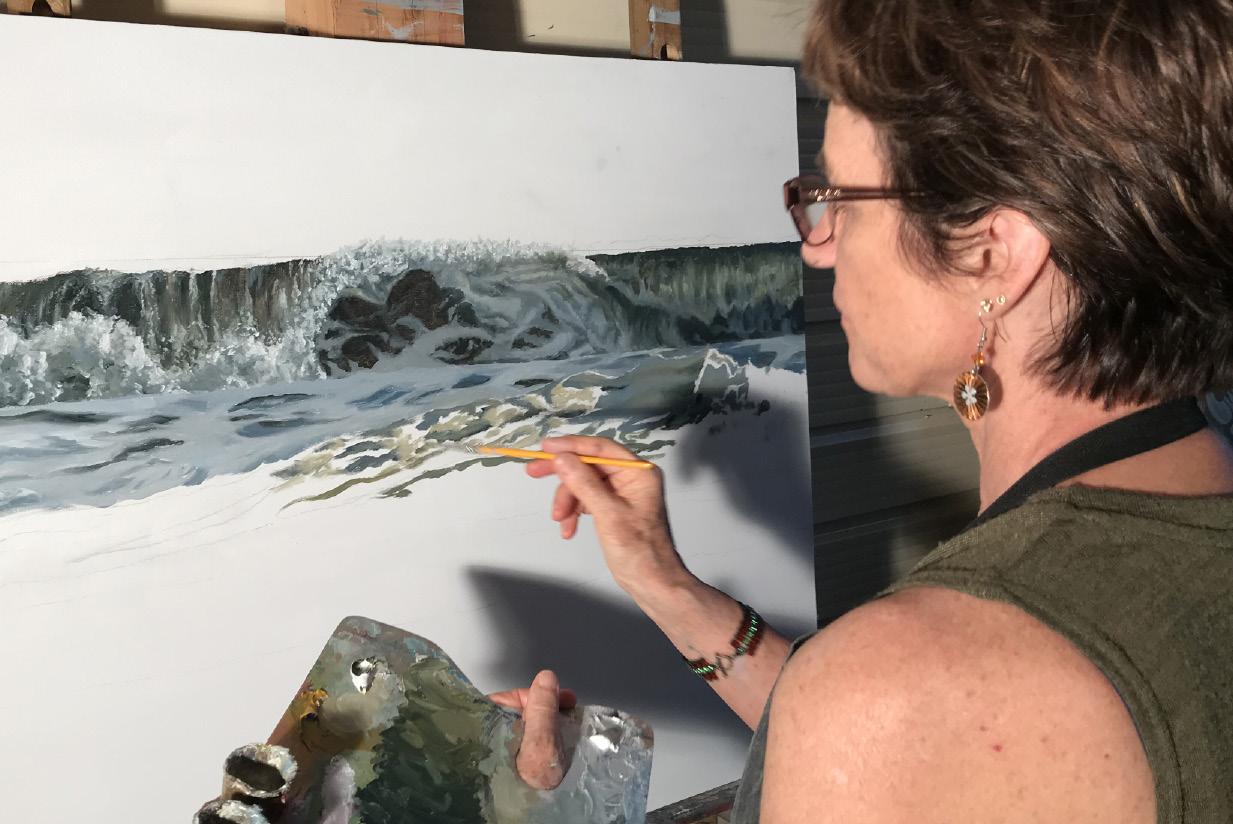
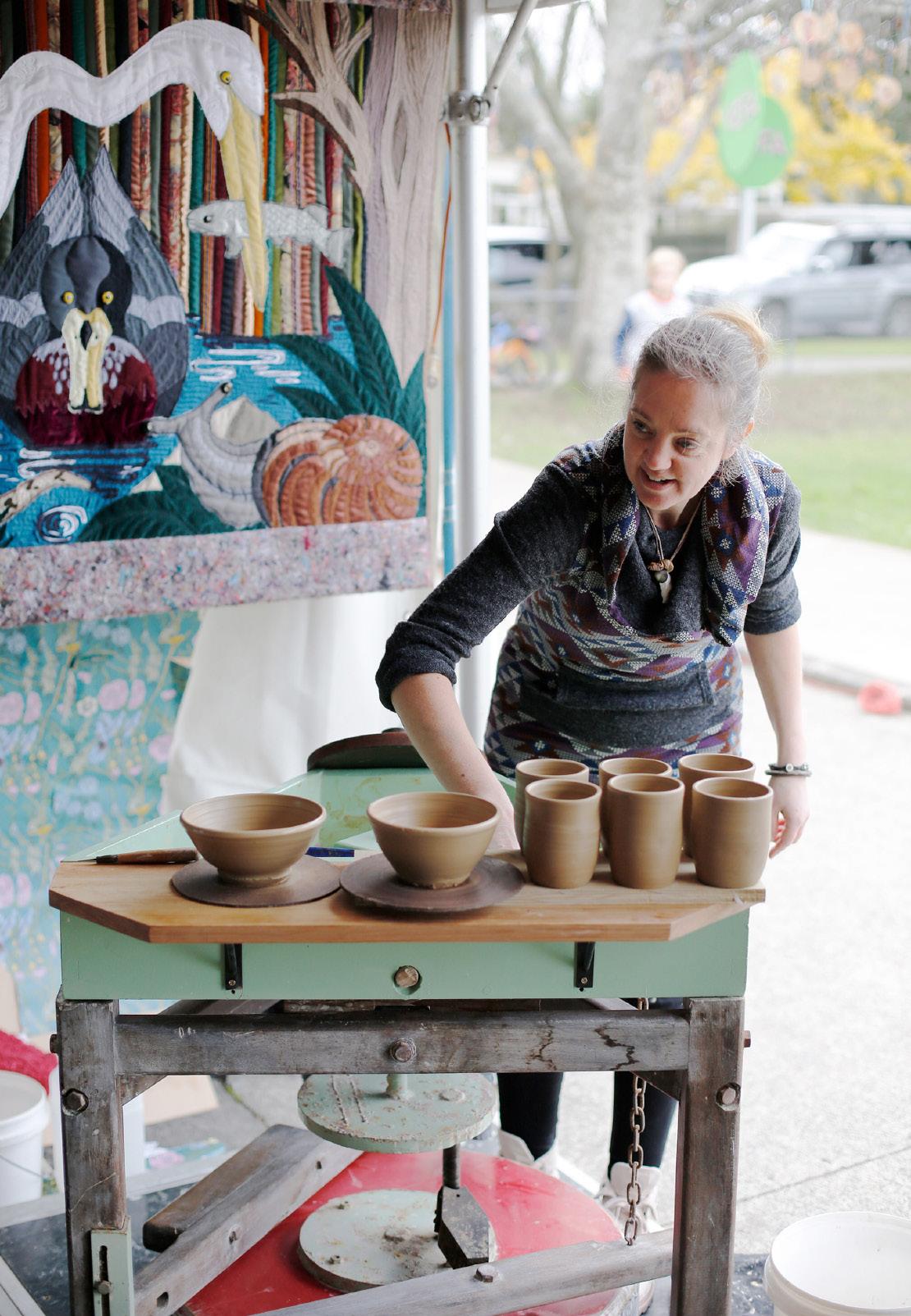
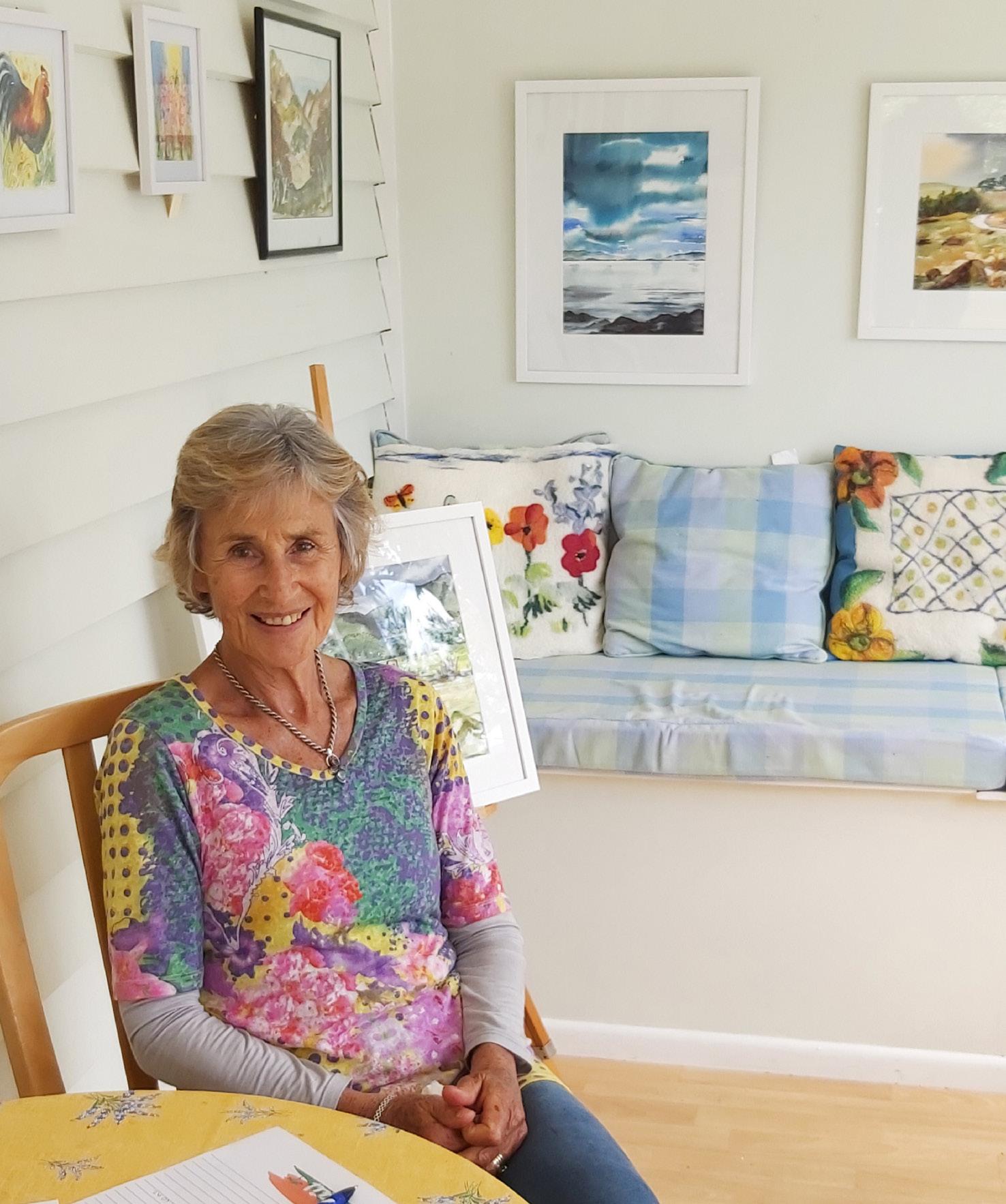

BEAT THE HEAT
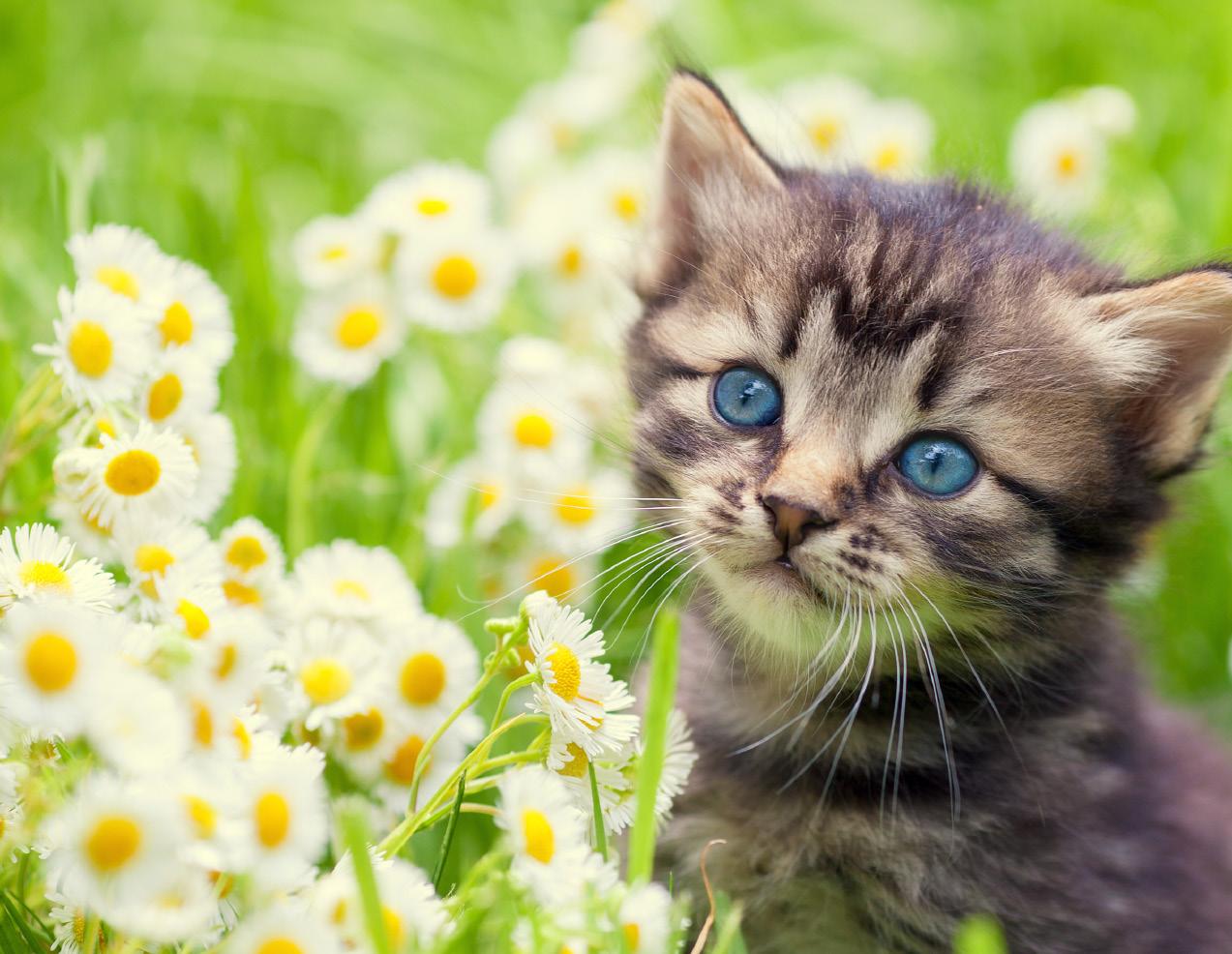
SPEY YOUR YOUNG FEMALE CAT
DrNikki Frost, seniorvet at Franklin Vets Pukekohe suggests sound reasons forhavingcats including youngfemails speyed.
As the days start to lengthen, female cats respond by startingto come into season. This means they are attractive to tomcats and can become pregnant. There are many reasons that
Signs include beingvery vocal, flickingtheir tails in the air and pushingtheir bottoms upwards while playing. You may see or hear other cats around the property when your cat is in season, but this them with morningdrop offand unwanted toms hangingaround.
is not always the case; just because you can’t see or hear it, doesn’t mean it’s not happening.
Ayoungfemale cat can have its first season as youngas four months old and can become pregnant also at this very early age.
This ‘on heat’ behaviour will last seven days on average and will matingtakes place. These seasons will occurright through the breeding season, well into the summer ifshe is not speyed (de-sexed). After givingbirth, cats will come on heat again two weeks later so in one season it is possible for a cat to have three litters!
speyingyour female cat makes sense. Most importantly, it prevents unwanted pregnancies and unwanted kittens in, often, very youngmothers.
Both female and male cats may be desexed from four months of age onwards. This is a day trip for afternoon pickup. Cats which are currently in season or have an early pregnancy can also be speyed. This stops any seasonal behaviour and be repeated after 10-14 days ifno
It is recommended as part of responsible cat ownership!
Ifyou have any questions regardingfeline de-sexingor want to booka spey please contact one ofour clinics for help and advice.
Need a vet?
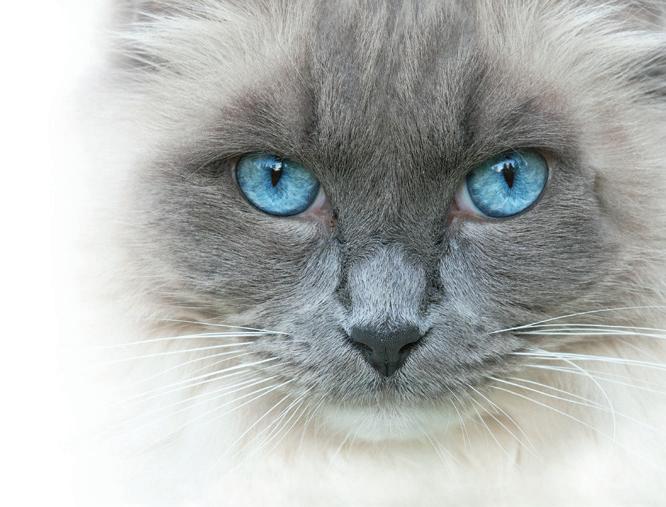
Franklin Vets Papakura and Pukekohe are open 7 days and late nights
GO NATIVE WITH CREEPING FUCHSIA
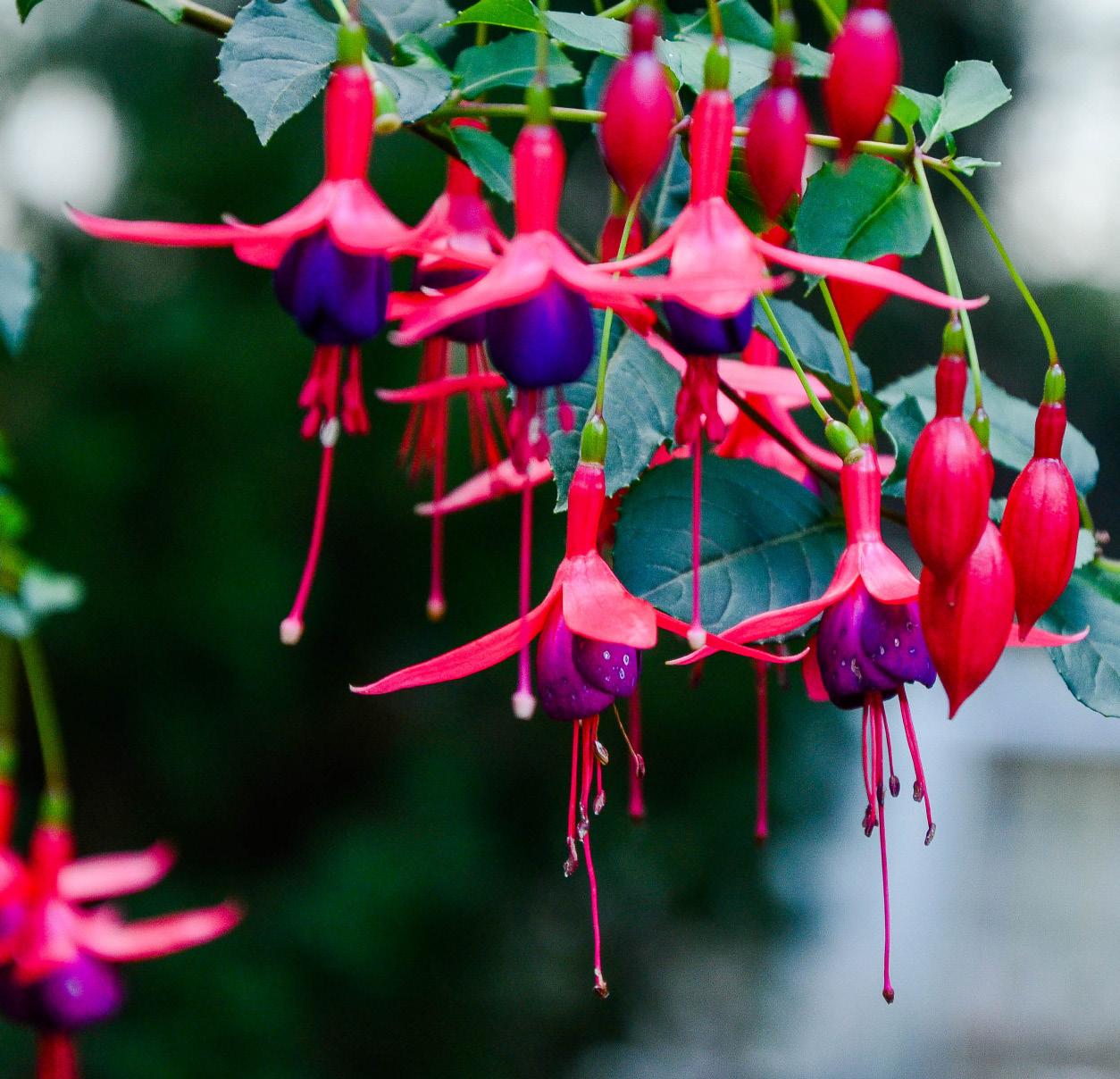
Spring blossoms have made quite a show of themselves of late but as trees turn from pink and white to all shades of green, it’s a good time to brighten outdoor patios and al fresco entertaining areas with colour-loaded, hanging baskets.
Fucshias come in vibrant shades ofpink, purple and red their dainty flowers flowingresemblingbrightly coloured teardrops. What’s more with some 100 species and thousands ofhybrids available, there are many varieties to choose from. However, a less commonly grown variety is a New Zealand native, the creepingfuchsia (Fuchsia procumbens).
Flowers are upright and yellow with bright red stamen filaments and brilliant blue pollen-tipped anthers. Creepingfuchsia does well in hangingbaskets because the flowers are small and the heart-shaped leaves cascade gracefully over the side makingfor an elegant display ofcolour and foliage.
These plants will flower from springright through to autumn when they produce ripe, edible fruits that change from pinkto bright red in colour. Importantly, their luscious, red berries can attract native birds into the garden.
Hardy plants, which are relatively drought resistant, nevertheless they do not like high temperatures, preferringshaded areas such as a sheltered patio or under a canopy or pergola.
They grow well the garden too and because they will cover a wide area as a creeper, they are excellent as ground cover for rockgardens.
Creepingfuchsia manages in most soil types providingsoil is freedrainingand although reasonably frost hardy, it pays to provide them with some protection.
WHEN MAKING FRIENDS IS DIFFICULT

Realising that your child is never invited to classmates’ birthday parties and seems to spend their days alone at school can be upsetting. Here’s a start on what you can do to help.
Understand the cause –
Try to understand why your child is isolated. Perhaps her or she is shy, arrogant, aggressive or always a winner and therefore intimidating. Maybe they’re beingbullied or perhaps they are the bully. If you can’t find an explanation, talkwith your child’s teachers or principal to gain more insight into the matter.
Askyour child about how he or she perceives their social situation and how that makes them feel. An isolated child might be sad, angry or confused however, some children enjoy solitude. Ifyour child doesn’t appear bothered by the situation, don’t force him or her to make friends. But ifyour child is lonely or feels excluded, try to help him or her to come up with solutions.
Provide assistance and support
–Sometimes kids need help bondingwith other children. If this is the case with your child, take him or her to the parkor organise family outings which include kids in the same age group. Help your child to extend an invitation to come over and play or to attend a special event. Additionally, participating in extracurricular activities might allow your child to build confidence and meet others who share the same interests.
Above all, the most important thingto do is to communicate with your child. Listen to what he or she has to say about trying to make friends. When they’re ready, allow them to forge bonds with others on their own terms.
Ifno progress is made, and you can see your child is extremely unhappy, seekprofessional help.
GREAT READS FOR THE KIDS
ERNIE AND THE MAGIC KENNEL
Aman’s home may be his castle but, as this bookreveals, a queen’s best friend’s castle can be so much more than just a home. When a right royal pup meets a pauper pooch, the dogged pair set offon adventures in this heart-warming bookbased on two real-life canines.
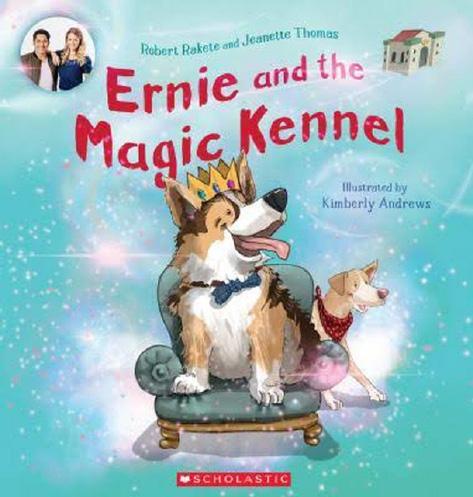
Robert Rakete, Jeanette Thomas & Kimberly Andrews (illustrator): Ernie and the Magic Kennel | RRP $19.99 | Scholastic
RED EDGE
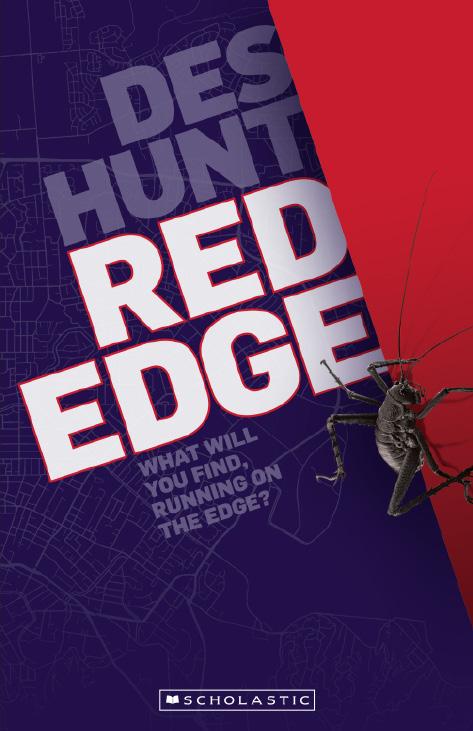
An action-packed adventure suited to readers aged 10 and up, Red Edge sees its youngprotagonist making Christchurch’s Red Zone her playground. However, this amateur sleuth soon turns her attentions to a nearby house where strange comings and goings suggest that there is a game afoot.
Des Hunt: Red Edge | RRP $19.99 | Scholastic
MINI WHINNY – BAD DAY AT THE OK CORRAL
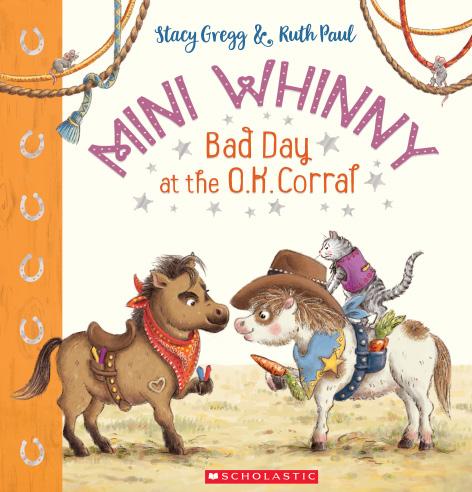
When Bandit (the naughtiest pony ofall) and his posse start horsingaround, Mini Whinny must find a way to save the day –and it’s only her first day at pony day care! The latest addition to Stacy Greggand Ruth Paul’s popular series, this bookis sure to appeal to youngsters aged 3-7 years in particular.










